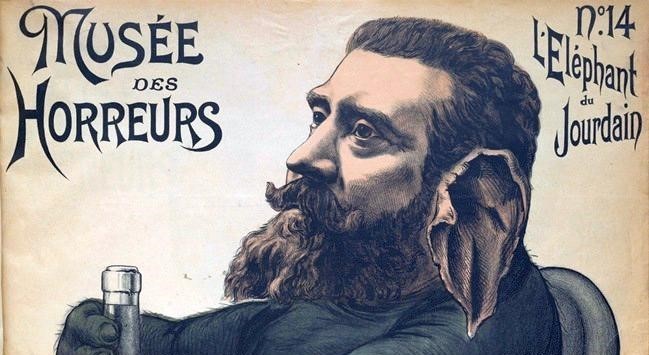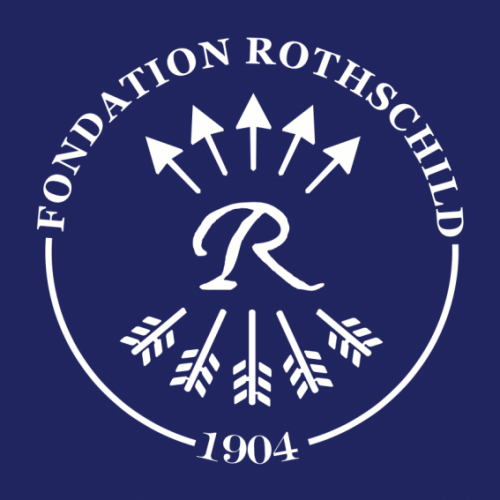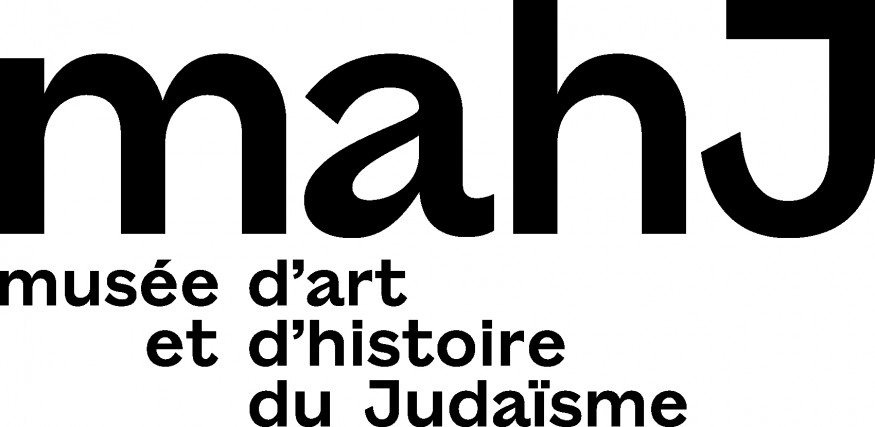Politics - Antisemitism
At regular intervals, Rudy Reichstadt, the director of the Internet website Conspiracy Watch, will write for K. a column on anti-Jewish conspiracy theories in Europe. First of all, let’s take a look at the frequency with which anti-Semitic motifs appear in contemporary conspiracy culture.
Join us
With the support of:
Thanks to the Paris office of the Heinrich Böll Foundation for their cooperation in the design of the magazine’s website.







